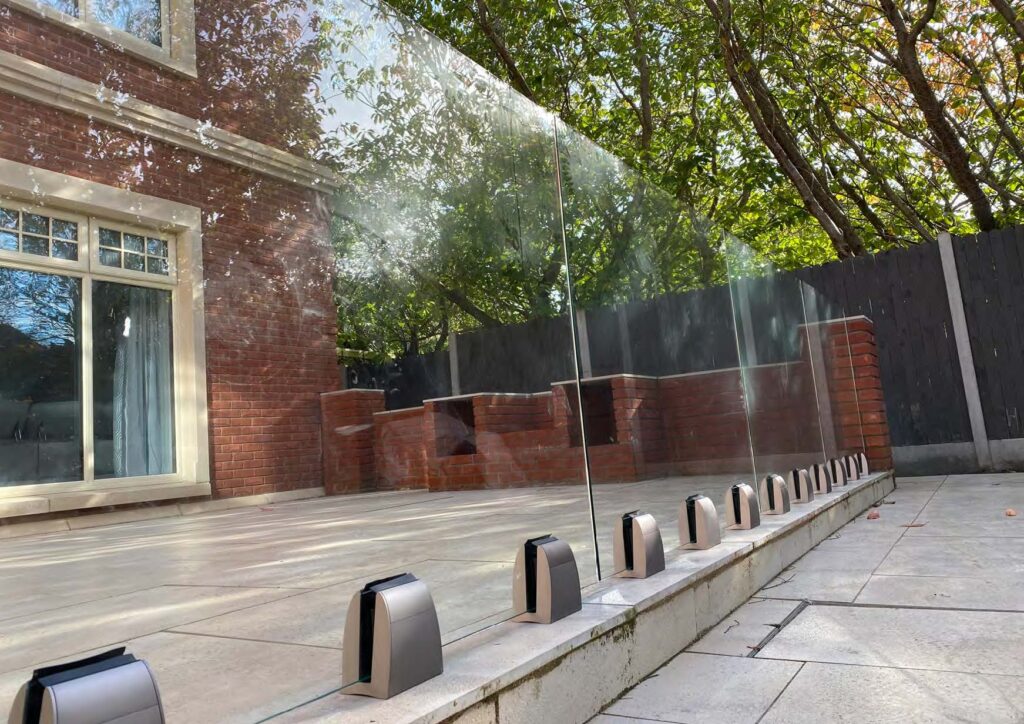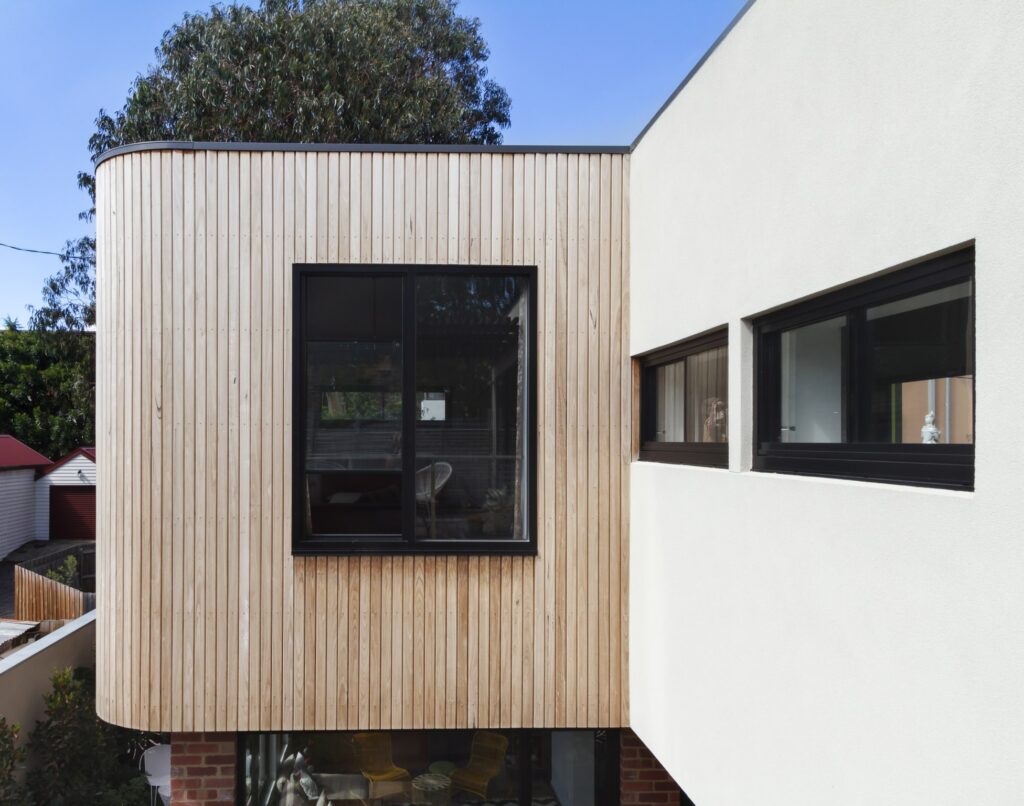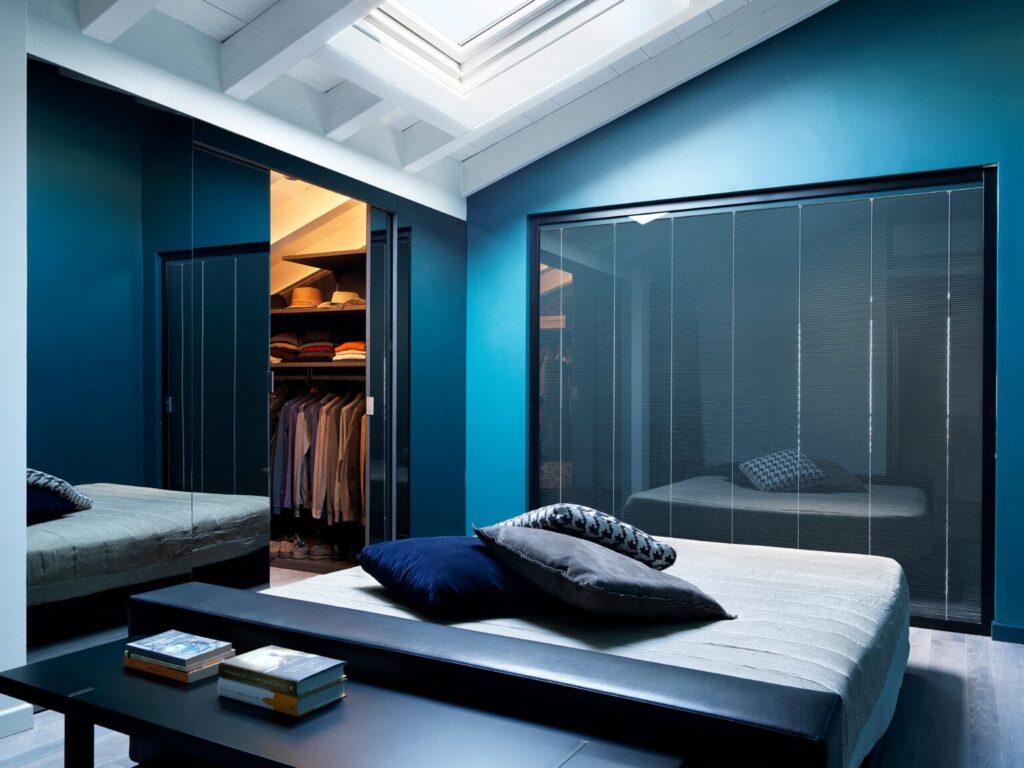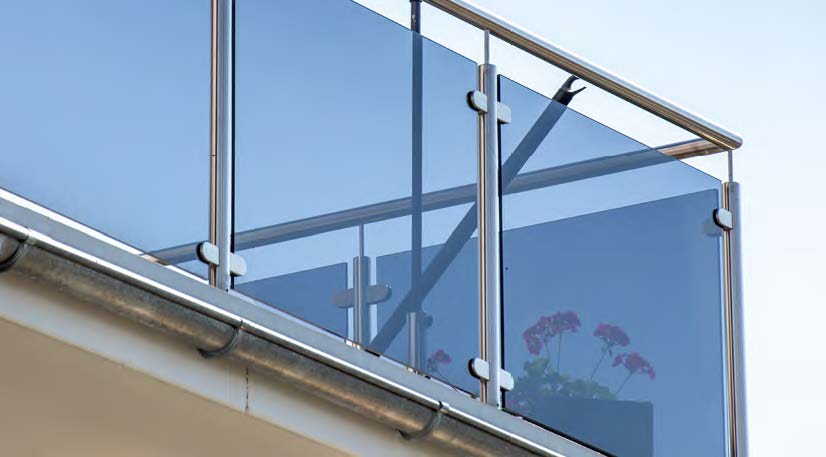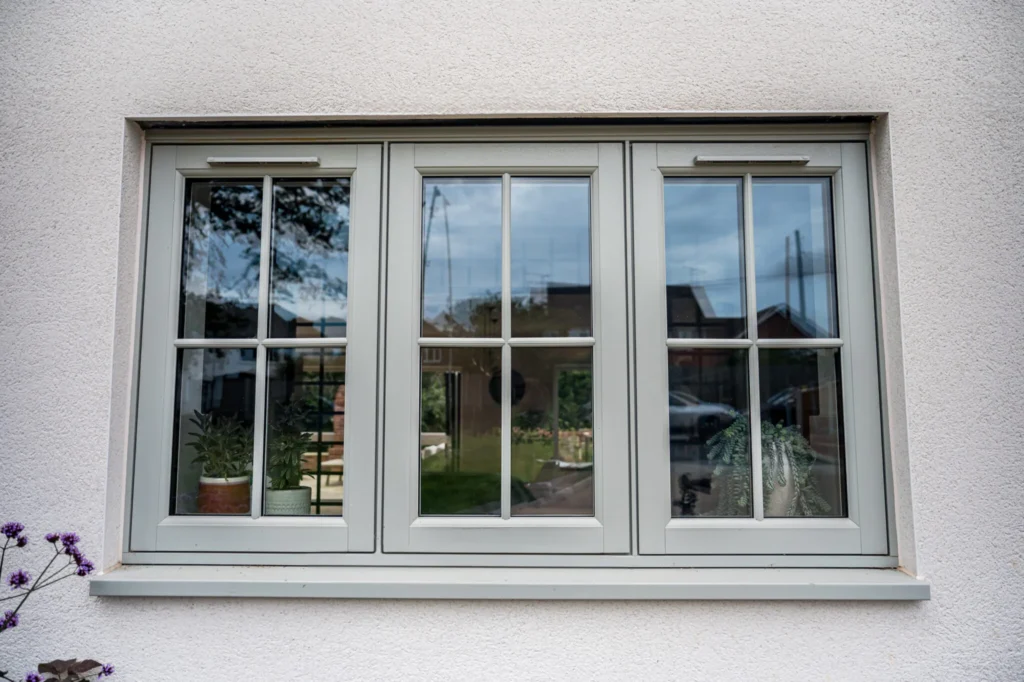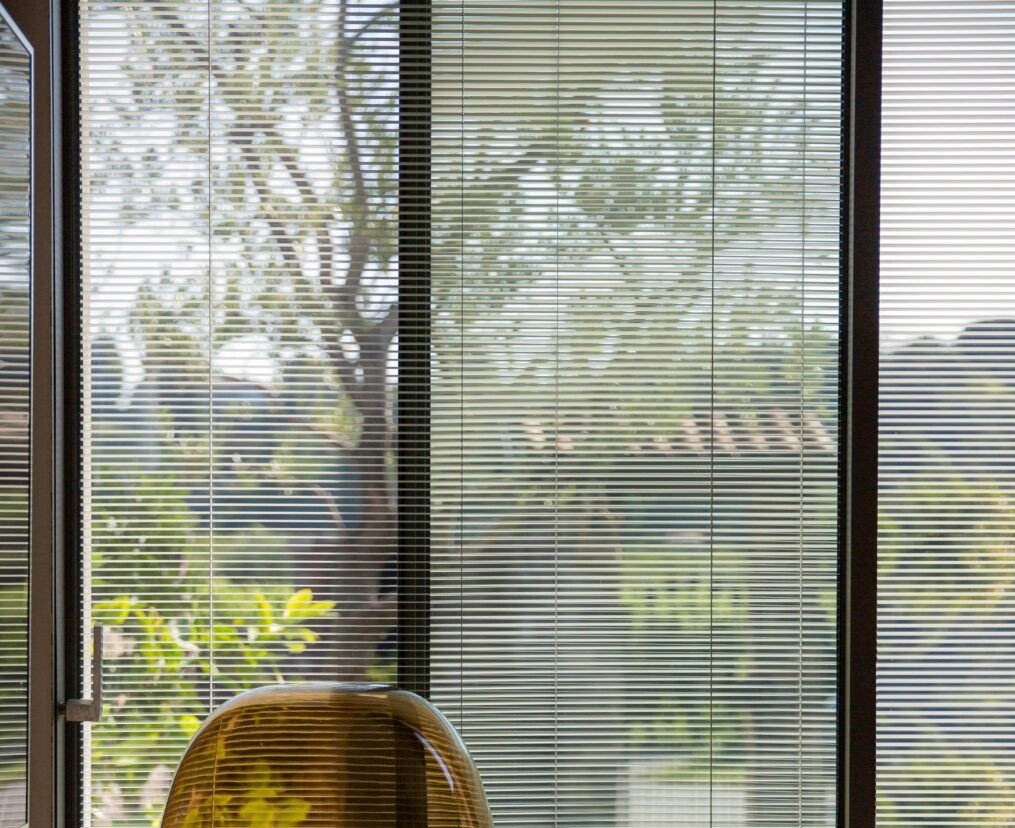What Cleaning Products Are Safe for Glass Without Leaving Streaks?
What Cleaning Products Are Safe for Glass Without Leaving Streaks? Clean, clear glass can transform a space – letting in daylight, improving views, and enhancing both interior and exterior aesthetics. But achieving streak-free glass is surprisingly tricky. With the wrong products or techniques, glass can look worse after cleaning, covered in smudges, residue, or cloudy streaks. Whether you’re cleaning windows, mirrors, rooflights, or glass doors, knowing which products are safe and effective is essential. In this guide, we’ll explore the best cleaning solutions for glass, why some products cause streaks, and how to get flawless results every time. Why Some Cleaning Products Leave Streaks Before diving into safe products, it’s important to understand why streaks happen in the first place. Streaks are usually caused by: The smoother and cleaner the glass surface is, the less likely streaks will occur. So choosing the right cleaning products is half the battle. Best Safe Cleaning Products for Glass Here are the most effective and streak-free cleaning options you can use: 1. Diluted White Vinegar and Water Why it’s effective:White vinegar is a natural acid that cuts through grease and grime without leaving residue. How to use:Mix equal parts white vinegar and water in a spray bottle. Spray onto the glass, then wipe with a clean, lint-free cloth. When it’s ideal: Tip: Avoid using vinegar on tinted or specialty glass without checking manufacturer guidance, as the acidity can affect coatings. 2. Commercial Glass Cleaners Why they’re good:Purpose-made glass cleaners are formulated to evaporate quickly and avoid residue. Top qualities to look for: Brands to consider:Look for reputable glass cleaners, ideally marked streak-free or smudge-proof. Always check product instructions for best results. 3. Isopropyl Alcohol Solutions Why it works:Isopropyl alcohol (rubbing alcohol) evaporates rapidly and dissolves grease without leaving residue. How to mix:Combine about 1 part isopropyl alcohol with 1 part water (and a splash of vinegar optional). Apply with a spray bottle and wipe clean. Best for: 4. Dish Soap Solution (Very Mild) When to use it:A tiny amount of dish soap can help remove stubborn dirt, but too much will leave residue. Best practice:Use 1–2 drops of mild dish soap in a spray bottle of water. Lightly mist and wipe. Follow up with a dry, lint-free cloth. Note: This should be a last step for heavily soiled glass, not your everyday go-to. 5. Microfibre Cloths Although not a cleaning product, the tool you use is equally important. Why microfibre is superior: Avoid: Techniques for Streak-Free Glass Cleaning Choosing the right product helps, but how you clean matters too. Follow these steps for best results: 1. Start with a Dry Dusting Remove loose dirt or dust with a dry microfibre cloth before using any liquid. This prevents particles from turning into smeared streaks. 2. Work Top to Bottom Spray cleaner onto the cloth, not directly on the glass (especially outdoors), to avoid solution running and streaking. Wipe in an S-shape or vertical motion, then go over lightly with a dry cloth. 3. Use a Second Dry Cloth for Buffing After cleaning, lightly buff the glass with a second dry microfibre cloth. This removes any remaining moisture and ensures brilliance. 4. Avoid Cleaning in Direct Sunlight Heat causes cleaning solutions to dry too quickly, which often results in visible streaks. Choose a shady spot or a cooler part of the day. Special Considerations for Different Types of Glass Certain glass types require extra care: Coated or Self-Cleaning Glass If your glass has a self-cleaning coating, avoid abrasive cleaners and strong acids. Vinegar and ammonia might not be suitable, always follow the manufacturer’s recommendations. Tinted or Low-E Glass Specialised coatings can be damaged by harsh chemicals. Use mild, pH-neutral solutions and microfibre cloths only. Avoid strong alcohol mixes unless the coating manufacturer confirms it’s safe. Rooflights and High-Level Glazing Roof glazing can accumulate more dirt due to rain run-off, dust, and pollen. Consider: Self-cleaning glass in rooflights (with appropriate coatings) can also reduce maintenance needs. Natural vs Chemical Cleaners. Which Is Better? Both natural and chemical cleaners can produce streak-free results, but they have different pros and cons: Natural Cleaners (Vinegar, Water, Alcohol Mix) Pros: Cons: Commercial Glass Cleaners Pros: Cons: Common Mistakes That Cause Streaks Avoid these pitfalls to keep your glass spotless: Conclusion The best streak-free results come from a combination of: Whether you’re cleaning windows, mirrors, rooflights, or glazed extensions, the right products and methods make all the difference. With a bit of care and the right tools, achieving crystal-clear, streak-free glass doesn’t have to be a chore. At UKO Glass, we manufacture and supply high-quality glass designed to perform and look great long term. From everyday glazing to specialist glass solutions, our products are built with durability and clarity in mind. Get in touch with our team on 01422 861116 for more information.
What Cleaning Products Are Safe for Glass Without Leaving Streaks? Read More »

